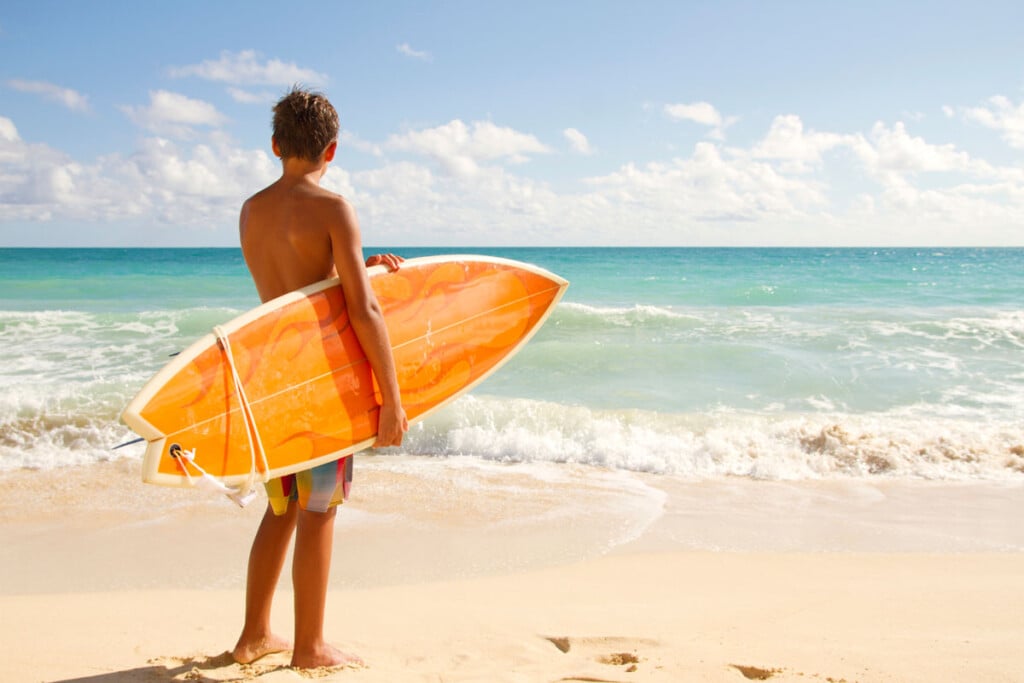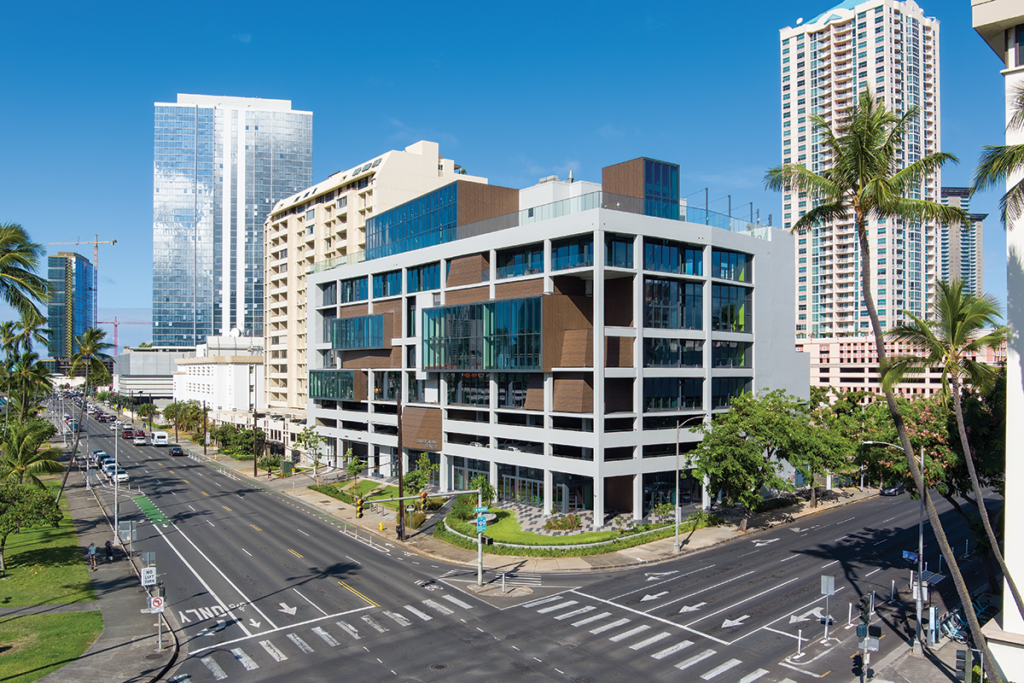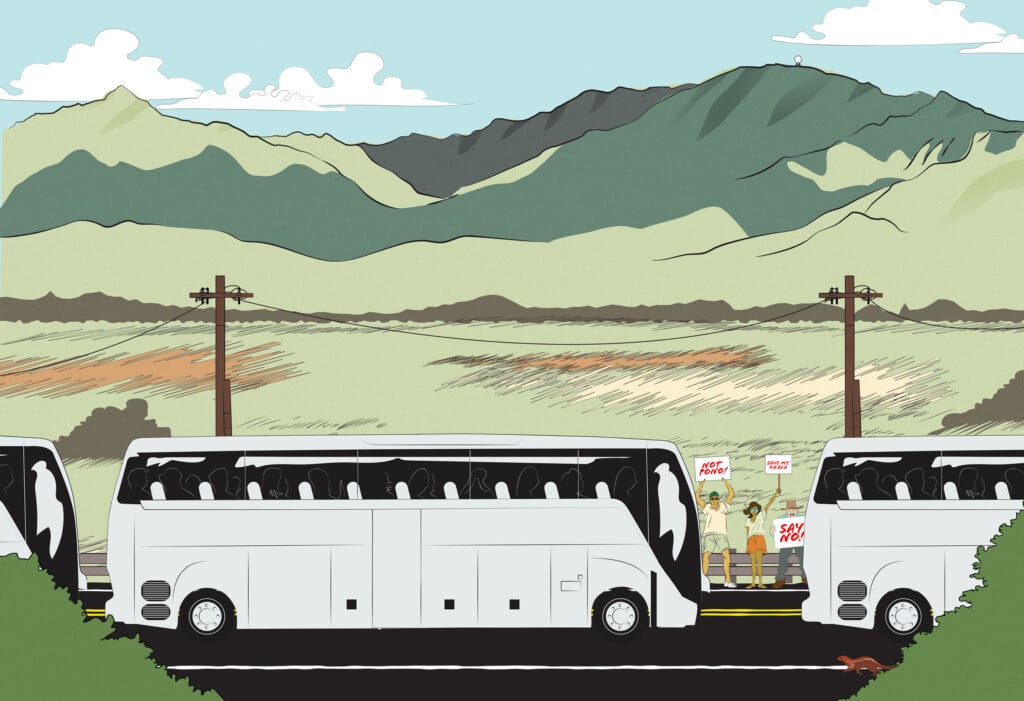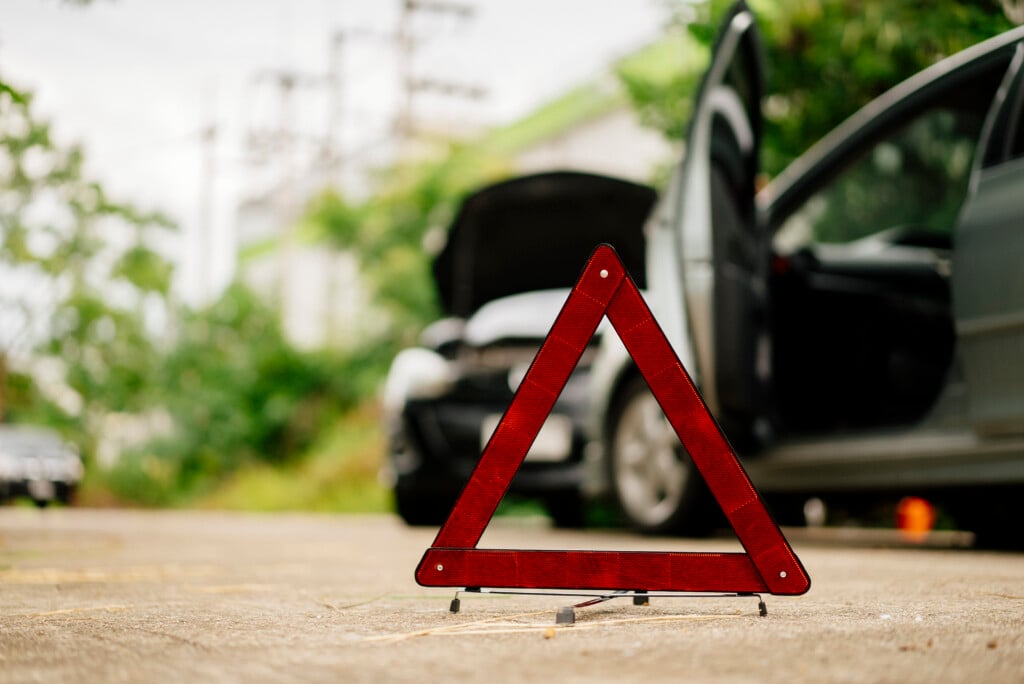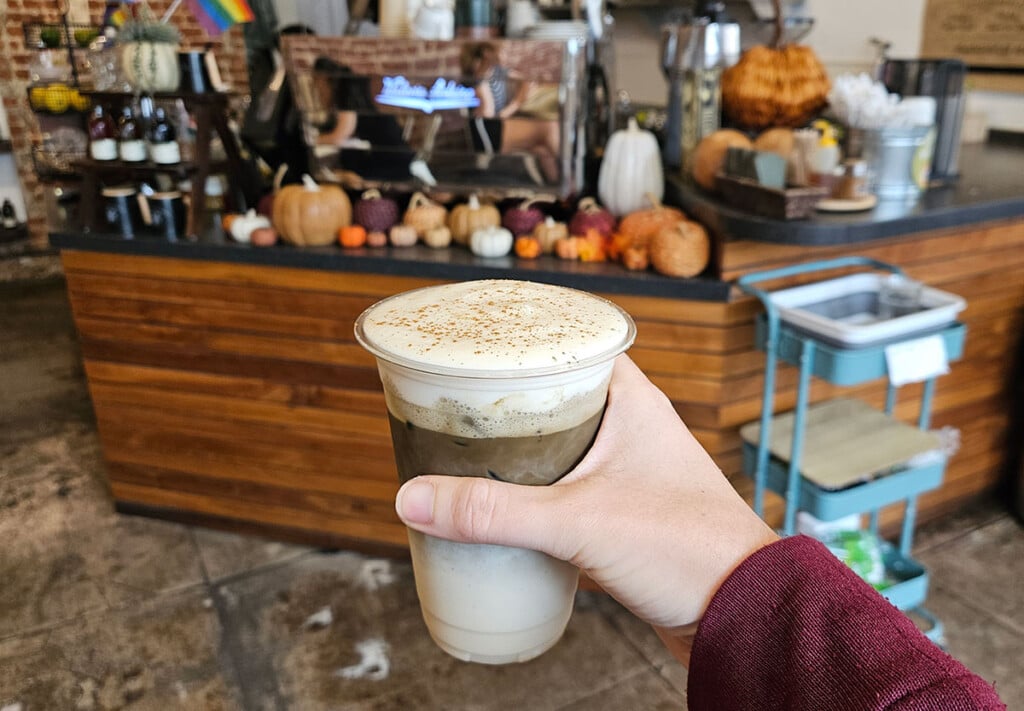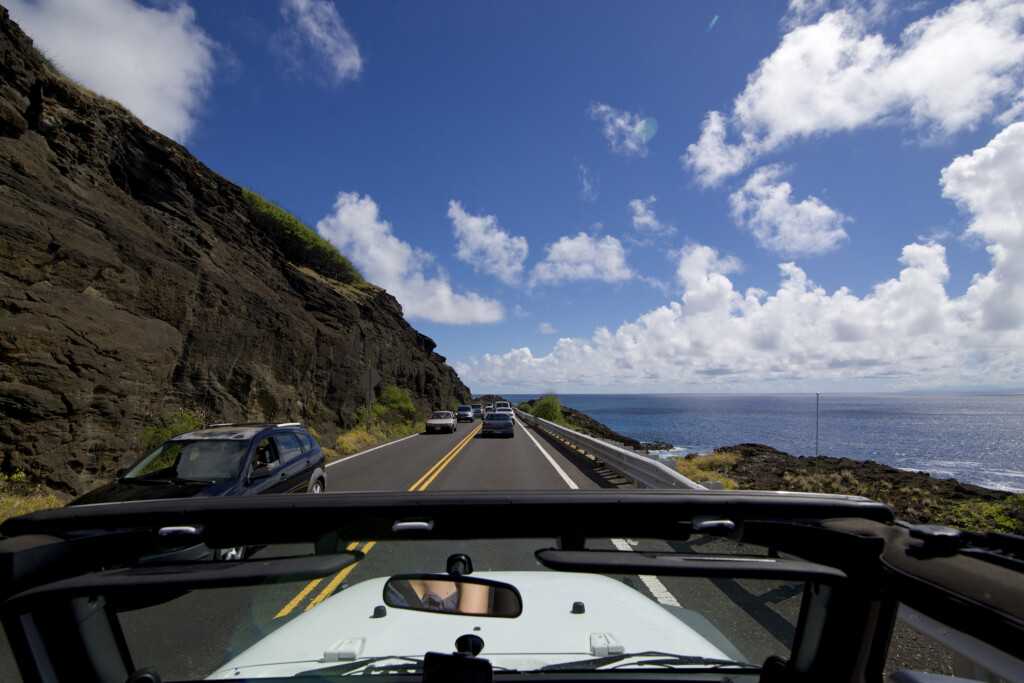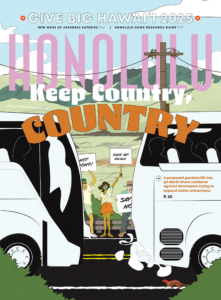With Traffic Fatalities Rising, Campaigns Have Been Launched to Make Our Roads Safer
To curb the alarming increase of traffic fatalities, the state, city and police are urging the public to do their part with the Safer Roads, Together and Vision Zero campaigns.
The headlines have become all too common—fatal car, motorcycle, e-bike and pedestrian accidents on O‘ahu’s streets and in its crosswalks. In September, traffic deaths on the island were more than double what they were last year at the same time.

Photo: Getty Images, Moment Collection
Even while reporting this story, accidents were in the news: a 14-year-old boy struck and killed by a car while riding his electric dirt bike in a crosswalk in ‘Ewa Beach. A pedestrian in her 60s fatally hit by a vehicle in Makakilo while crossing a road outside of a marked crosswalk. A 28-year-old dead after crashing his speeding motorcycle into a car in Waialua.
That incident on Sept. 8 was the 60th traffic fatality on O‘ahu in 2025. What’s alarming about this year’s tally is that about 30% have involved pedestrians, and almost half of those pedestrians were 65 or older. Most of the fatalities also involved negligent behavior, including speeding.
In response to the disturbing trends, Gov. Josh Green signed an executive order in September to prevent more deaths. His order introduced statewide regulations for e-bikes and called for mandatory safety education for speeding drivers and other measures.
“It’s time to take bold action to convince our friends and neighbors that following the rules of the road will keep themselves and others safe,” Green said in his announcement of the order. “We need everyone to recognize their responsibility to look out for others on our streets.”
The City and County of Honolulu and the Honolulu Police Department also both launched programs to make the island’s roads safer. HPD’s Safer Roads, Together campaign relays a message that “it’s everyone’s shared responsibility to drive carefully and keep our roads safe,” says HPD spokesman Maj. Paul Okamoto.
Okamoto also attributes the rising number of traffic fatalities to more reckless behavior on our roads. While many drivers speed and get distracted by their phones, more moped, bicycle, e-bike and motorcycle riders are weaving between cars or riding between them, disregarding stop signs and red lights, performing stunts, and not wearing helmets, he says. “We also see a lot of people jaywalking or walking in crosswalks with their eyes on their phone and not being observant.”
While police officers are stopping drivers for infractions, and giving citations or warnings, Safer Roads, Together isn’t focused on enforcement, Okamoto adds. “We’re not out there to give a million tickets and force everybody into compliance. The bigger part of the campaign is to encourage more responsible behavior. We want to change the culture of driving in Hawai‘i because I really do think that it’s degraded over the years. We live in Hawai‘i where the aloha spirit is real, but we’re not embodying that as drivers and pedestrians.”
2025 Fatalities by Mode of Travel
as of Sept. 19, 2025

Source: Vision Zero, Honolulu City & County Dept. of Transportation Services. Illustrations: iStock
Vision Zero Action Plan
The city’s action plan has a goal of zero traffic fatalities by the year 2040. Vision Zero is a movement that’s taken off globally, and “we’re aiming for zero because no other number is acceptable,” says Germaine Salim, who works for the city’s Department of Transportation and oversees the city’s Vision Zero effort.
Salim says the city’s work to decrease fatalities entails policy changes, education, engineering and enforcement. On the policy front, city officials worked with the Honolulu City Council to pass a bill late last year that reduces the default speed limit in school and public park zones from 25 to 20 mph, and 15 mph in higher-risk areas like Ala Moana Park and Kailua Beach Park.
On the engineering side, Salim says the city is “exploring different ways we can design a safer setting for traveling.” For instance, officials are looking at “red zones,” where pedestrian fatalities have taken place, and coming up with ways to make the crossings safer. In Waikīkī, larger crosswalk areas were created at busy intersections, and pedestrians can now walk diagonally with all surrounding traffic stopped.
“The education piece comes with things like promoting seat belts and child restraints in cars and not driving under the influence of drugs and alcohol,” Salim says.
Diane Seo is the editorial director of HONOLULU Magazine.
